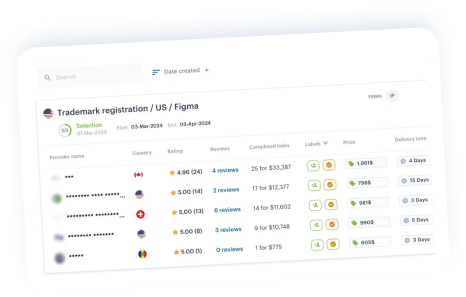Patent Office Action Responding in Hong Kong
During the examination, you can receive an Office Action that may include requirements or objections. It is not a problem. The attorney will analyze this, devise a strategy, and prepare a response



During the examination, you can receive an Office Action that may include requirements or objections. It is not a problem. The attorney will analyze this, devise a strategy, and prepare a response







-
An AI-powered IP assistant that helps you create a detailed assignment within minutes.
-
Selection of the most suitable local patent attorney based on specific criteria.
-
Office action analysis, response strategy development, preparation, and filing done by an attorney.
-
Online monitoring and reporting on the platform throughout the entire process.

-

More than 800 IP law firms from 150+ countries, ranking and reviews
-

An AI-powered IP assistant that helps create tasks and find relevant attorneys
-

Flat fees, secure and fast online payments with guaranteed results
-

24/7 access to the registration process and online data storage for all your cases
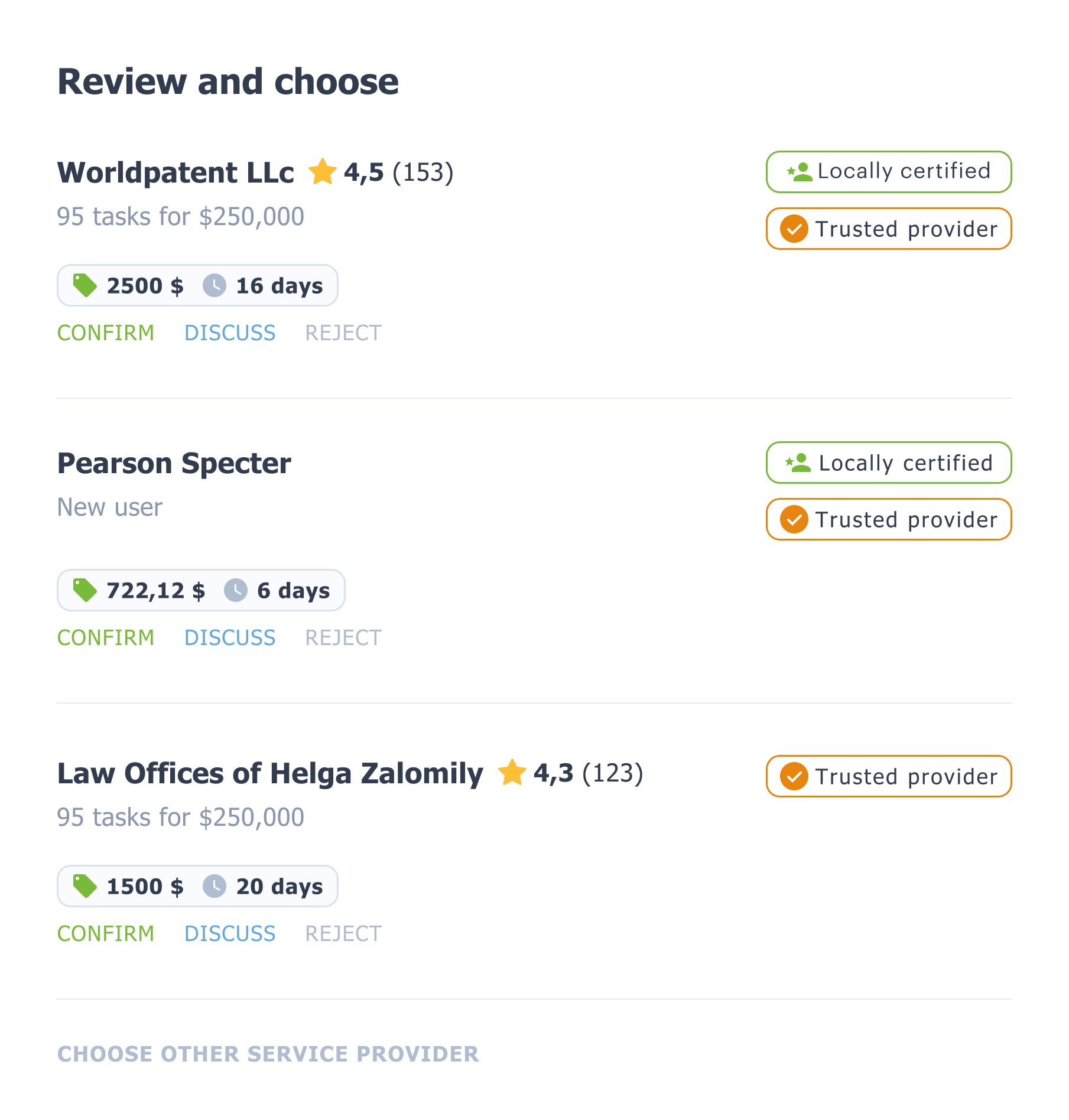







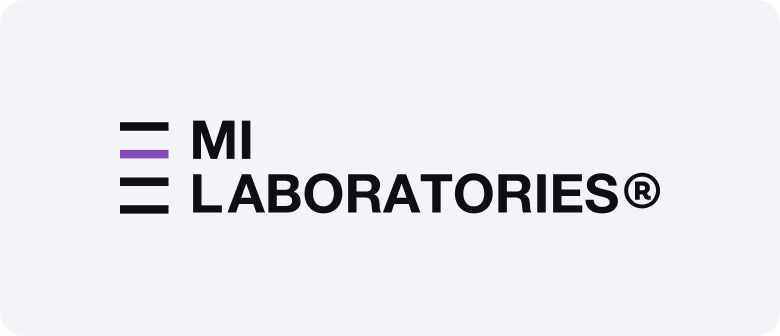

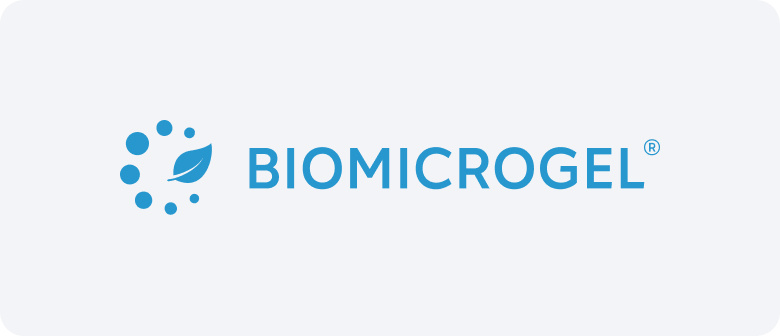
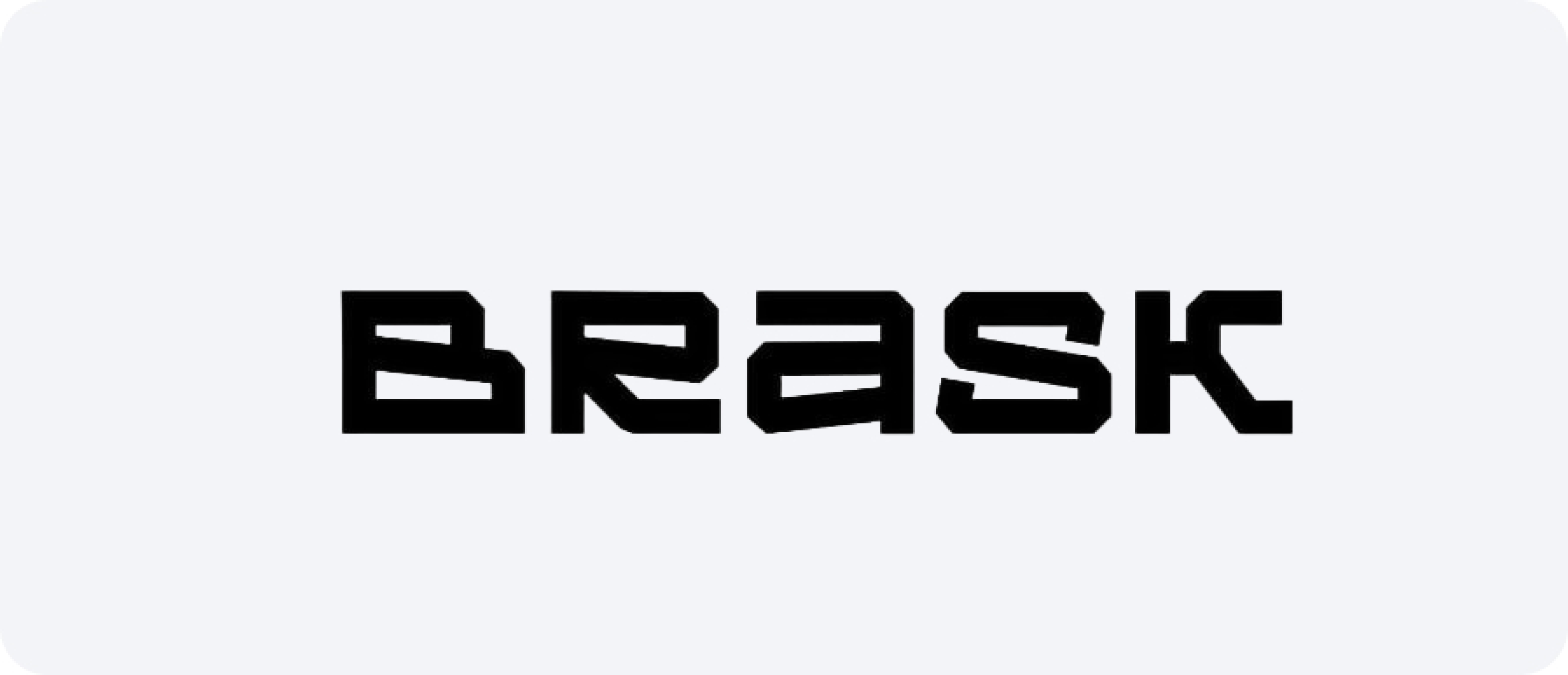




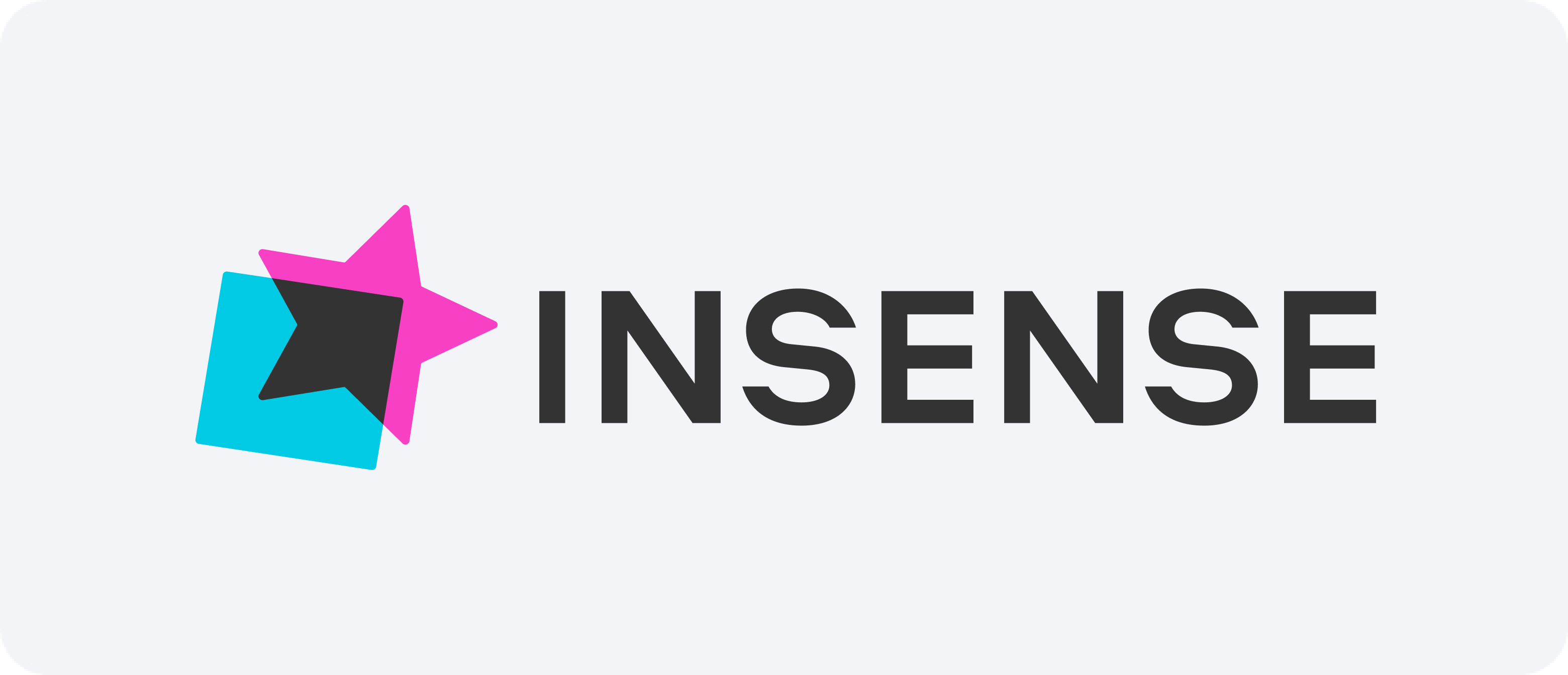
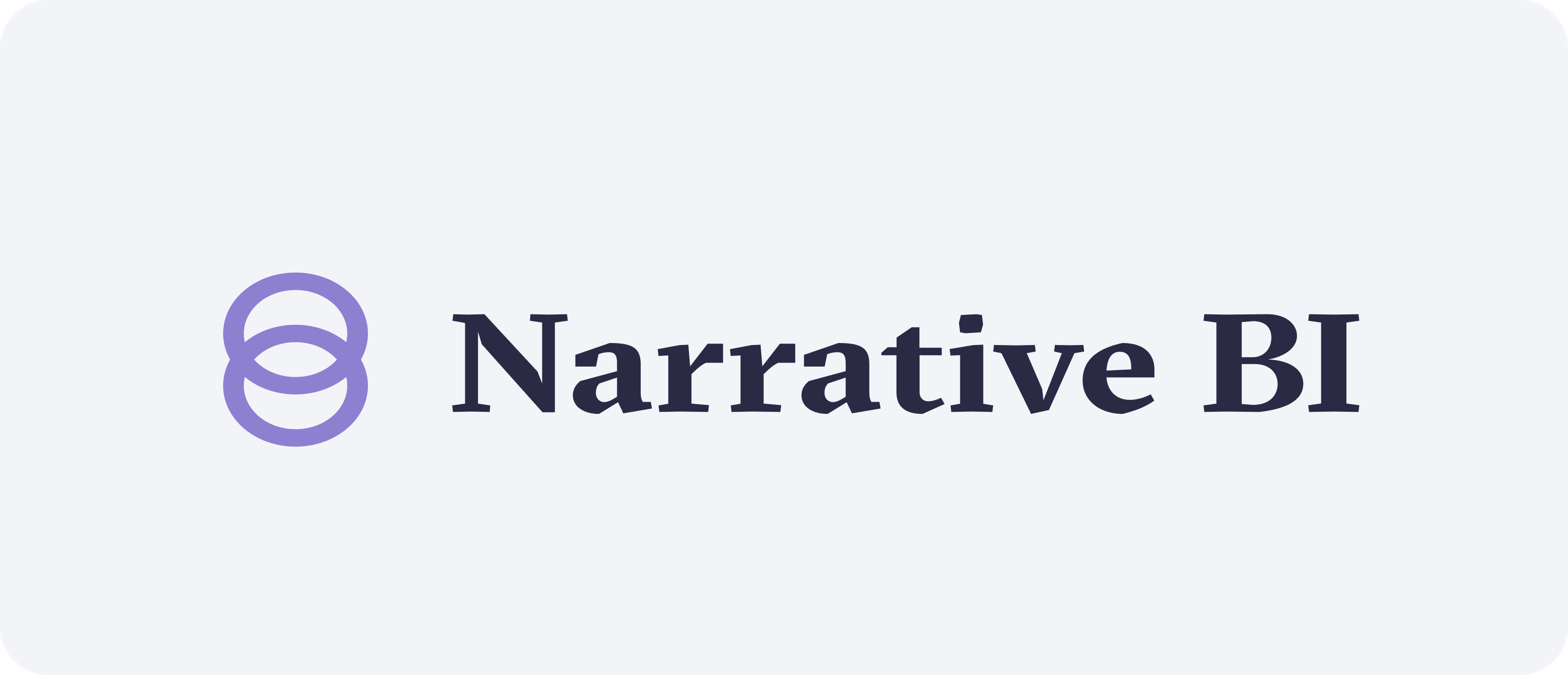
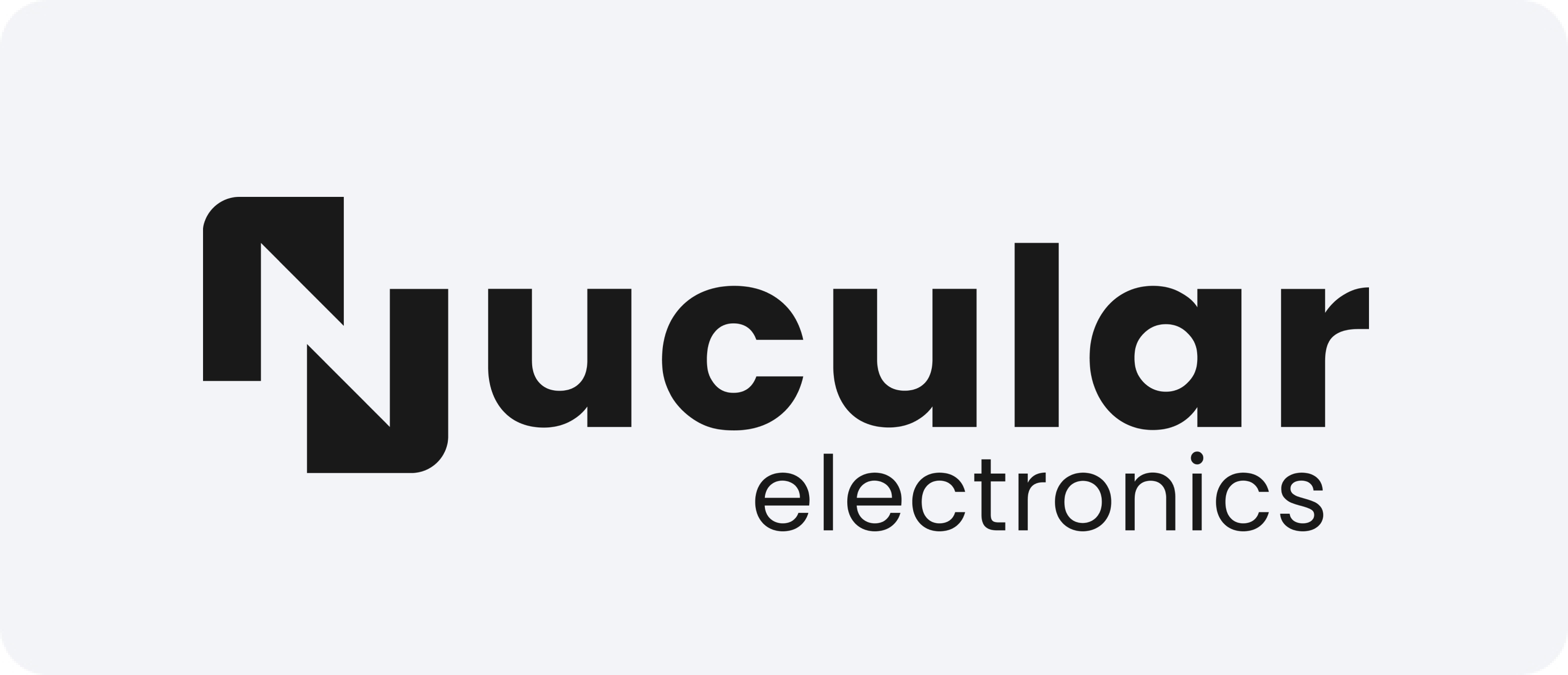




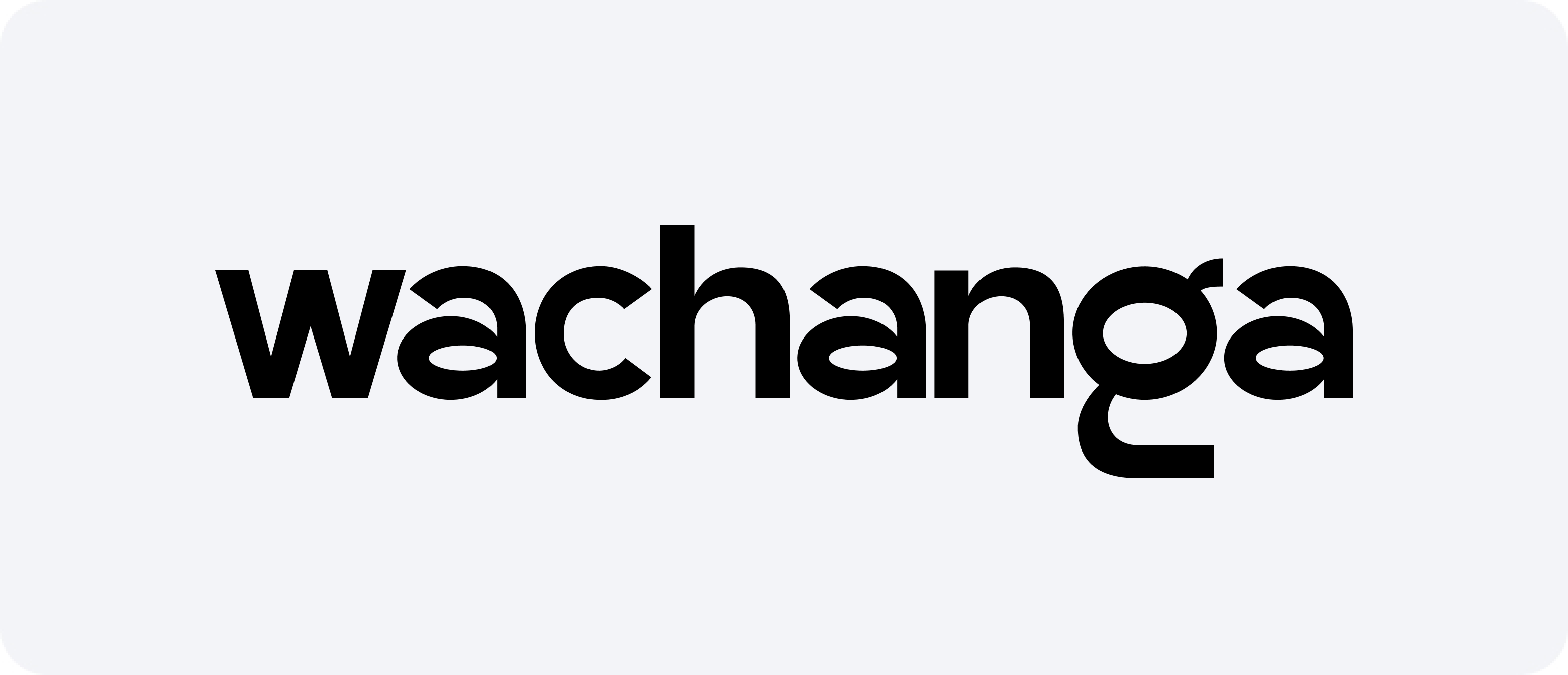

















Patent Office Action Responding in Hong Kong: Strategy and Practice
Receiving a patent office action signals a key stage in the application process. It reflects a formal communication from the Intellectual Property Department regarding concerns or objections related to the pending submission. These issues may pertain to formality, clarity, novelty, or inventive steps. An effective and timely response is essential to advance the prosecution and secure exclusive rights.
Below is a comprehensive overview of how applicants and IP professionals should address such notifications in the Hong Kong context, ensuring legal compliance and strategic advantage.
Understanding the Nature of a Patent Office Action
A patent official notice typically contains detailed comments from the examiner that identify perceived deficiencies or non-compliance with local regulations. The applicant is expected to provide feedback within a specific deadline—commonly within three months from the date of issuance.
These notifications can be categorized into two types:
- Formal office notification: Involves administrative or procedural issues such as incomplete information or incorrect formatting.
- Substantive communication: Focuses on protectability criteria—mainly novelty, inventive step, and industrial applicability.
A precise and well-drafted response not only addresses the examiner's concerns but can also help shape the scope of the claims to strengthen enforceability.
The Patent Office Response Process: Practical Steps
Successfully managing such objections involves a clear series of steps. Here is a structured approach:
1. Review the examination report thoroughly
Understand the nature of the examiner’s remarks—whether they are procedural or substantive.
2. Engage a qualified IP attorney
Local expertise ensures that the reply complies with the jurisdiction’s legal framework.
3. Evaluate the scope of amendments
Determine whether claim revisions or clarification of the technical description is appropriate.
4. Prepare a clear and concise reply
Address each comment raised, citing relevant legal provisions and prior art distinctions.
5. Submit within the deadline
Avoid delays, as missed timelines can lead to case abandonment or surcharges.
6. Track and monitor communications
Maintain records of all correspondence with the intellectual property authority for reference and audit.
7. Anticipate further feedback
In some cases, more than one round of examiner interaction occurs before approval.
Strategic Considerations When Responding
Replying to an examiner’s objections is not just a formality—it’s an opportunity to refine the application and secure stronger rights. Applicants should be aware of the following:
- Local examination route: For standard filings via the original grant route (OGR), the Hong Kong IPD conducts full substantive examination. This differs from re-registration, which is based on approvals in designated jurisdictions.
- Language of submission: English and Chinese are accepted. Consistency is essential when translating amendments or legal arguments.
- Legal representation: Although not mandatory, working with a Hong Kong-registered IP attorney often yields better outcomes.
Common Grounds for Rejection
Applicants can prepare stronger initial documents—and more effective replies—by being aware of the most frequent rejection reasons:
- Lack of inventive step (obviousness)
- Insufficient disclosure or unclear claims
- Non-eligible subject matter
- Lack of unity of invention
- Formatting issues in drawings or technical content
Benefits of a Strong Response Strategy
A considered and professional answer to an examiner's notice can result in:
- Faster approval of rights
- Broader protection scope
- Reduced legal costs from fewer interactions
- Enhanced enforceability
- Stronger positioning in licensing or enforcement
Summary: Key Takeaways
Offers a mature and transparent system for intellectual property protection. Dealing with examiner notifications effectively is crucial to securing coverage. The process requires a blend of legal precision, technical clarity, and strategic judgment. Applicants who understand the local landscape and follow best practices in reply preparation significantly improve their chances of success.
Checklist for Responding to a Patent Office Action in Hong Kong:
- Identify the type of action (formal vs substantive)
- Review the deadlines and submission requirements
- Consult with an IP attorney
- Draft a detailed and structured response
- Monitor follow-up correspondence and anticipate additional notifications
- Keep records for future reference or potential enforcement
Navigating the patent office action stage is a process that rewards preparation and expertise. A proactive approach backed by technical and legal insight will pave the way for a robust, enforceable asset in one of Asia’s key innovation hubs.




